When embarking on a strength training journey, understanding the equipment you use is crucial for optimizing your workouts and ensuring safety. One common piece of equipment in many gyms is the hack squat machine. A key aspect to consider is the machine's base weight without plates, typically measured in kilograms (kg). This article delves into the intricacies of hack squat machine weights, helping you make informed decisions for your fitness regimen.
What is a Hack Squat Machine?
The hack squat machine is a staple in strength training routines, designed to target the quadriceps, hamstrings, glutes, and calves. Unlike traditional barbell squats, the hack squat offers a controlled movement path, reducing the risk of injury and allowing for focused muscle engagement.
Key Features:
- Adjustable Foot Platform: Allows customization based on user height and leg length.
- Back Pad: Provides support and stability during the squat motion.
- Weight Stack or Plate Loading: Depending on the machine type, weight can be added via a stack or by loading plates directly.
Base Weight of Hack Squat Machines
The base weight of a hack squat machine refers to the inherent weight of the machine itself, excluding any additional weight plates. This is a critical factor to consider, especially when calculating the total weight lifted during your exercises.
Typical Base Weights:
- Commercial Machines: Usually range between 100 kg to 200 kg. These are sturdier, built for heavy-duty use in gyms, and often come with higher base weights to ensure stability.
- Home Gym Models: Typically lighter, ranging from 50 kg to 120 kg. Designed for personal use, these machines balance durability with space-saving designs.
Factors Influencing Base Weight:
- Material Construction: Machines built with steel components tend to be heavier but offer greater durability.
- Design Complexity: Features like adjustable settings, multiple padding options, and integrated weight stacks can add to the base weight.
- Brand and Build Quality: Premium brands often use higher quality materials, resulting in a heavier base weight.
Importance of Knowing the Base Weight
Understanding the base weight without plates is essential for several reasons:
- Accurate Load Calculation: To determine the total weight you're lifting, add the base weight to any additional plates. For instance, if a machine has a base weight of 150 kg and you add 50 kg in plates, your total load is 200 kg.
- Progress Tracking: Monitoring changes in total weight helps in tracking strength gains over time.
- Safety Considerations: Ensuring the machine can handle the combined weight of its base and added plates is vital to prevent equipment damage or personal injury.
Choosing the Right Hack Squat Machine
When selecting a hack squat machine, consider the following aspects related to its base weight:
1. Fitness Goals:
- Strength Training: Opt for machines with higher base weights to accommodate heavier loads.
- Rehabilitation or Light Training: Lighter base weights may suffice, allowing for gradual weight increases.
2. Space and Portability:
- Home Gyms: Lighter, more compact machines are preferable.
- Commercial Gyms: Heavier, more robust machines are ideal for high usage and diverse workouts.
3. User Capacity:
- Ensure the machine's base weight and design can support your body weight and the additional load you plan to lift.
Comparing Hack Squat Machines to Other Squat Variations
While the hack squat machine offers a unique set of benefits, it's helpful to compare it with other squat equipment:
Barbell Squats:
- Pros: Functional movement, engages stabilizing muscles.
- Cons: Higher risk of injury, requires proper form and spotting.
Smith Machine Squats:
- Pros: Fixed movement path, safer for solo workouts.
- Cons: Less natural movement, can limit muscle engagement.
Leg Press Machine:
- Pros: Targets similar muscle groups, adjustable angles.
- Cons: Different movement pattern, less emphasis on balance.
Hack Squat Machine:
- Pros: Controlled motion, focused muscle targeting, reduced injury risk.
- Cons: Less functional movement, may not engage stabilizing muscles as effectively.
Maintenance and Care for Your Hack Squat Machine
To ensure longevity and optimal performance:
- Regular Cleaning: Wipe down the machine after use to prevent sweat buildup.
- Lubrication: Periodically lubricate moving parts to maintain smooth operation.
- Inspection: Check for any signs of wear or damage, especially on weight-bearing components.
- Proper Storage: Keep the machine in a dry, well-ventilated area to prevent rust and corrosion.
Final Thoughts
The base weight of a hack squat machine without plates (kg) is a fundamental aspect that influences your workout's effectiveness and safety. Whether you're setting up a home gym or optimizing a commercial fitness space, understanding this metric helps in selecting the right machine to meet your strength training needs. Always consider your fitness goals, space constraints, and user capacity when choosing a hack squat machine, and ensure regular maintenance to keep it in top condition.
By paying attention to these details, you can maximize your hack squat workouts, achieve your fitness objectives, and maintain a safe training environment.


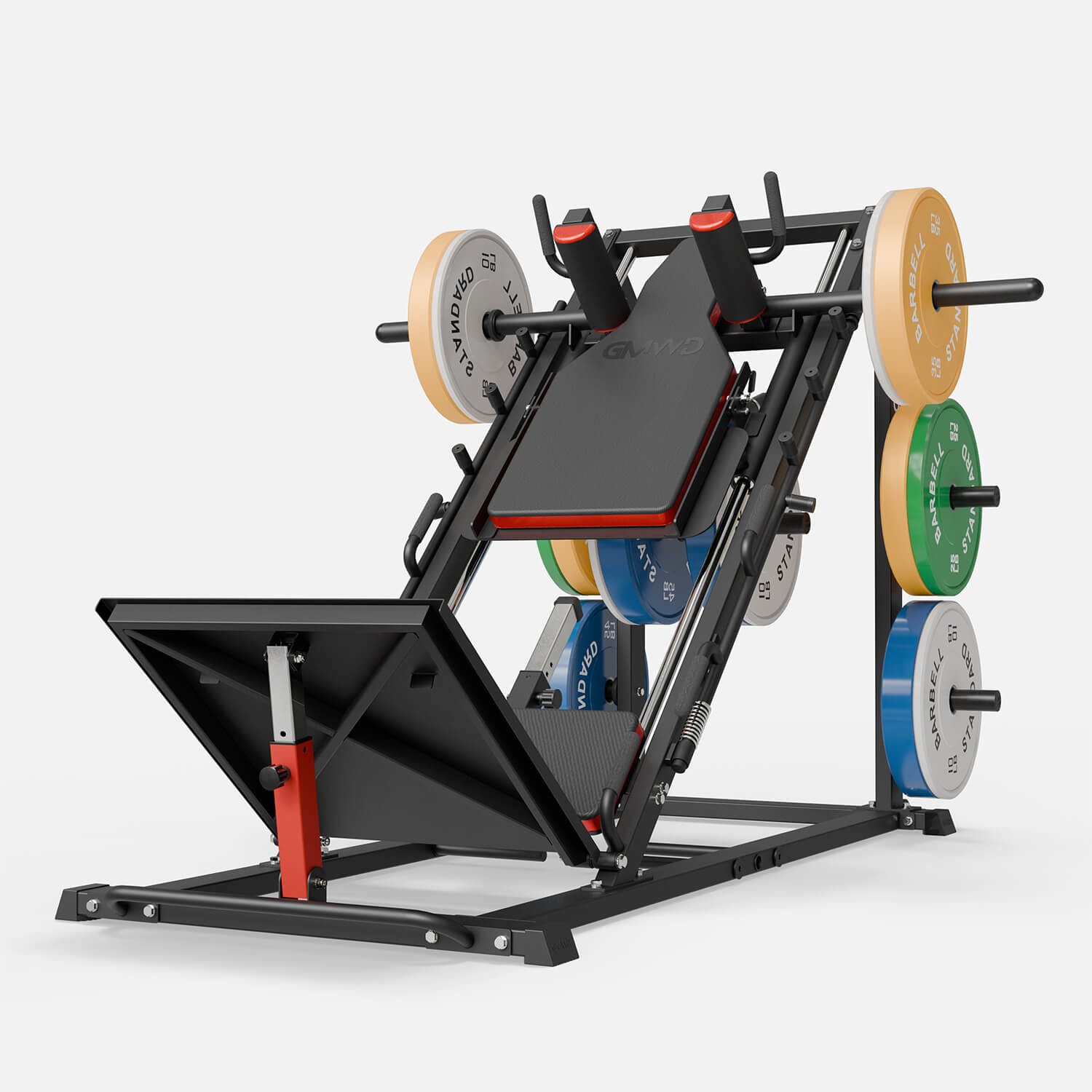
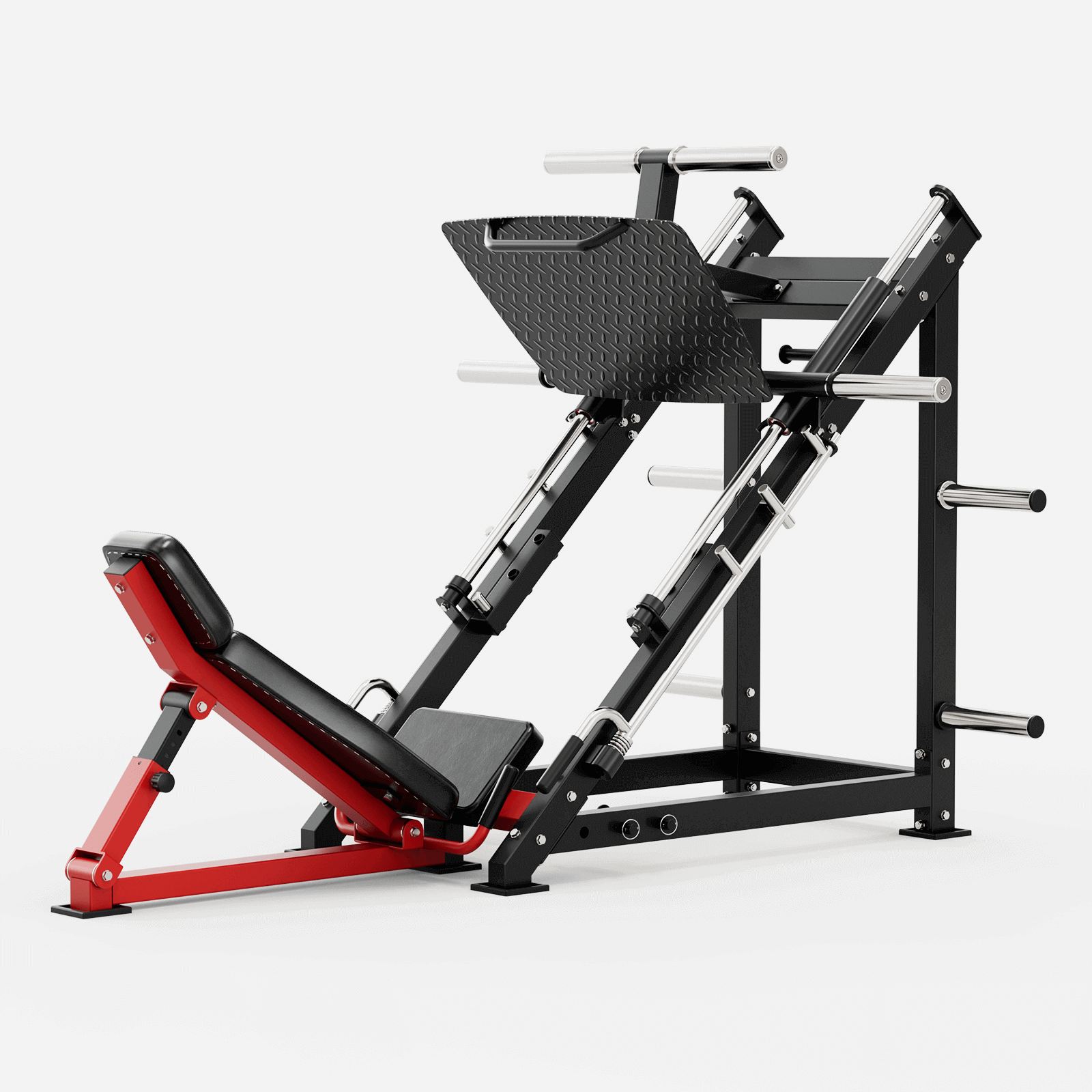
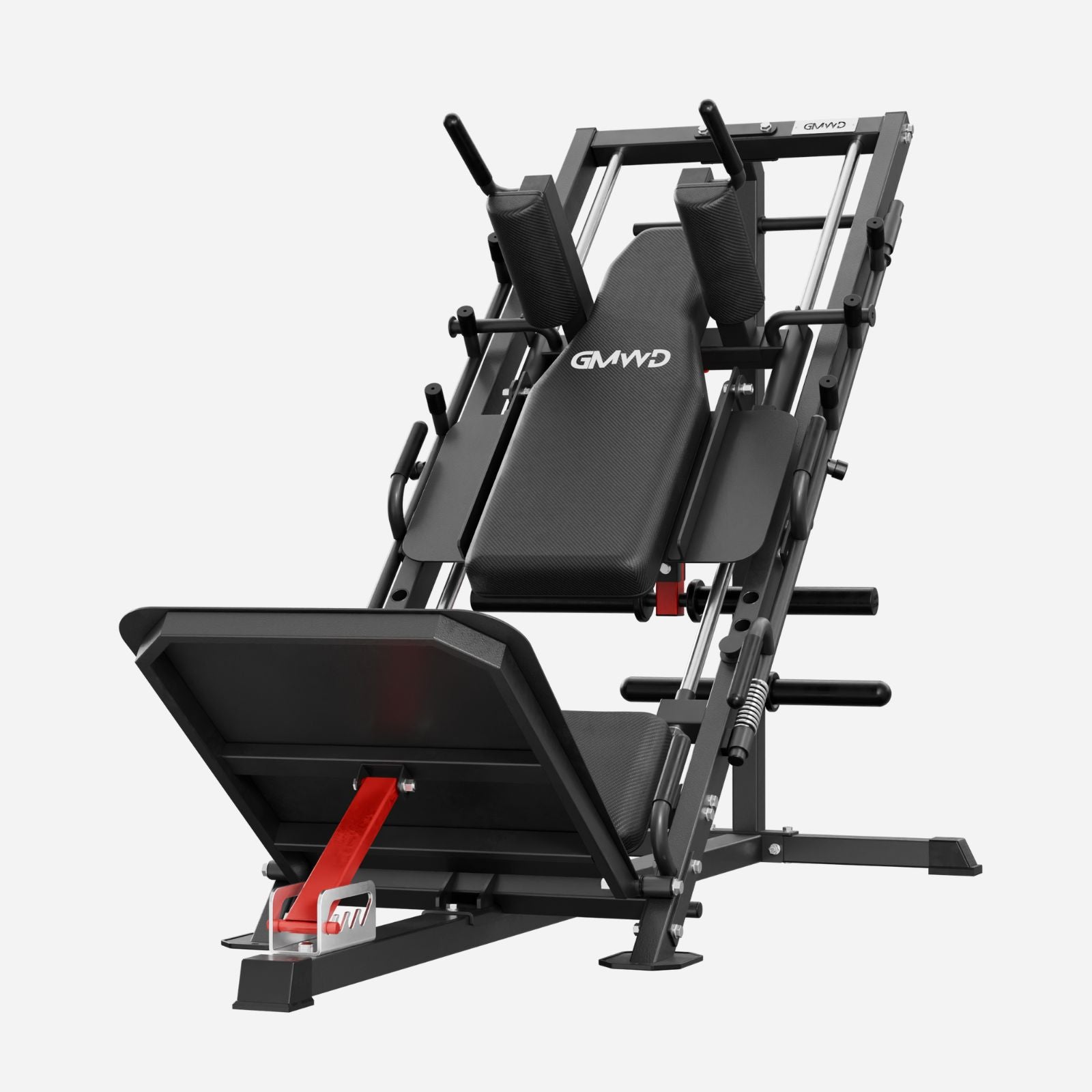
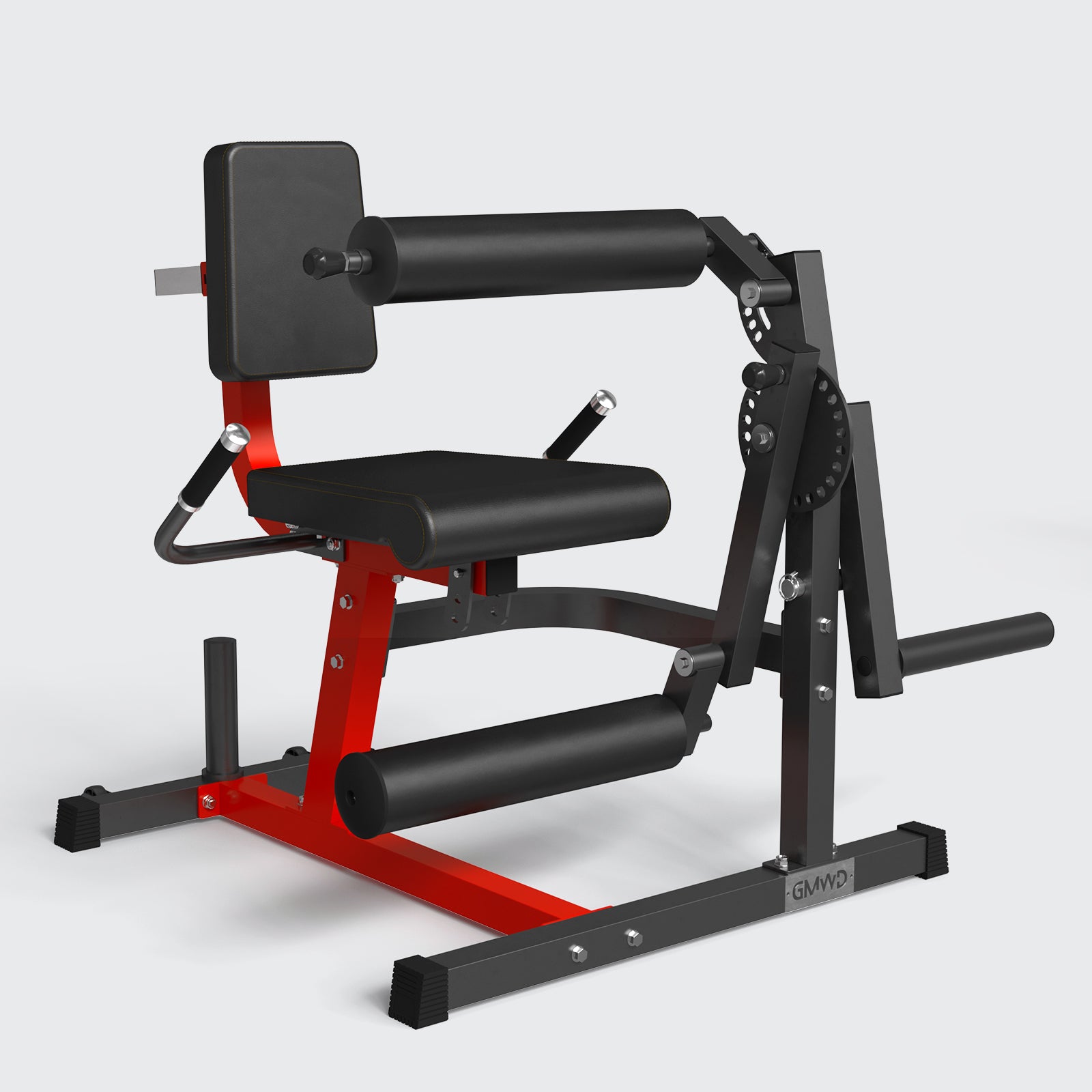
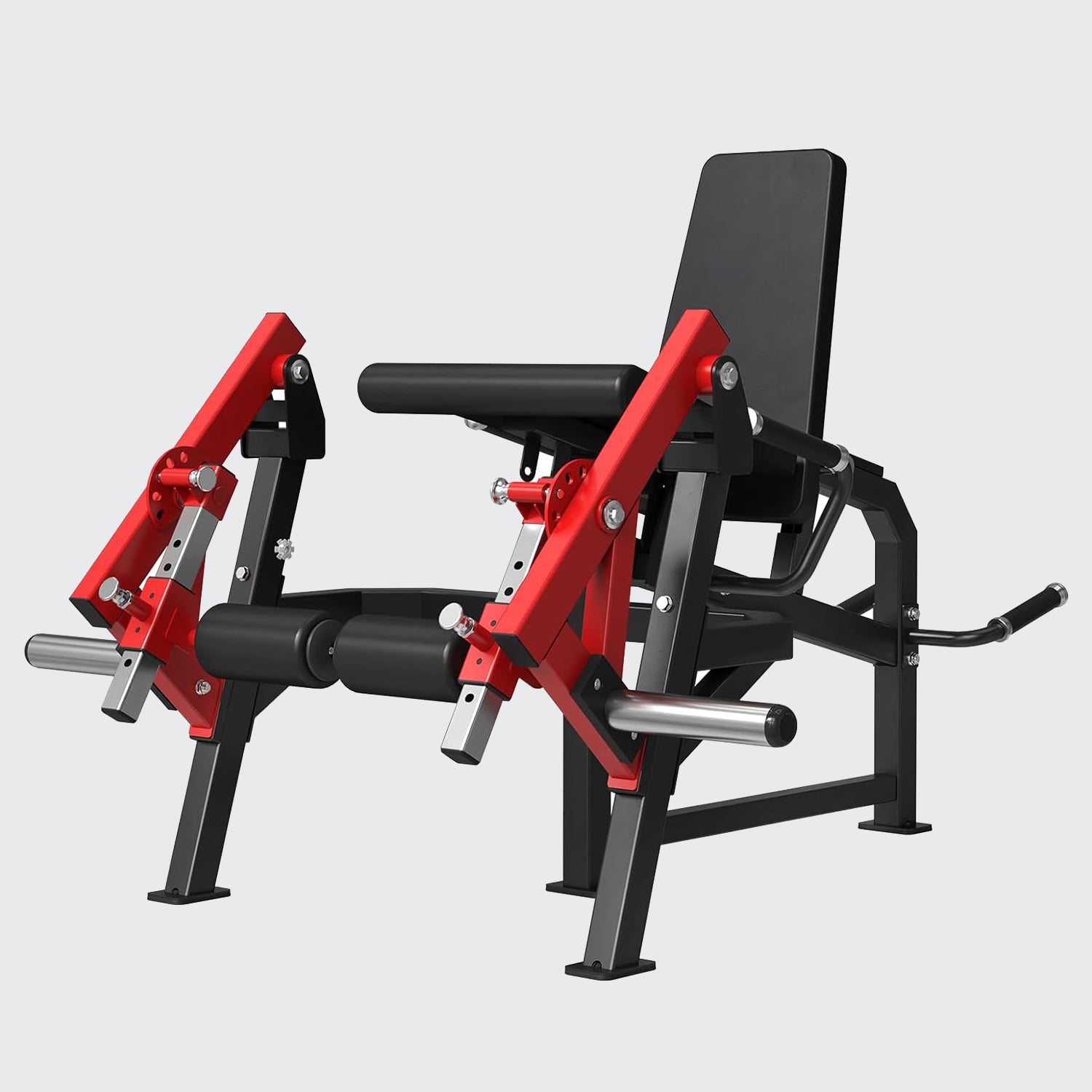
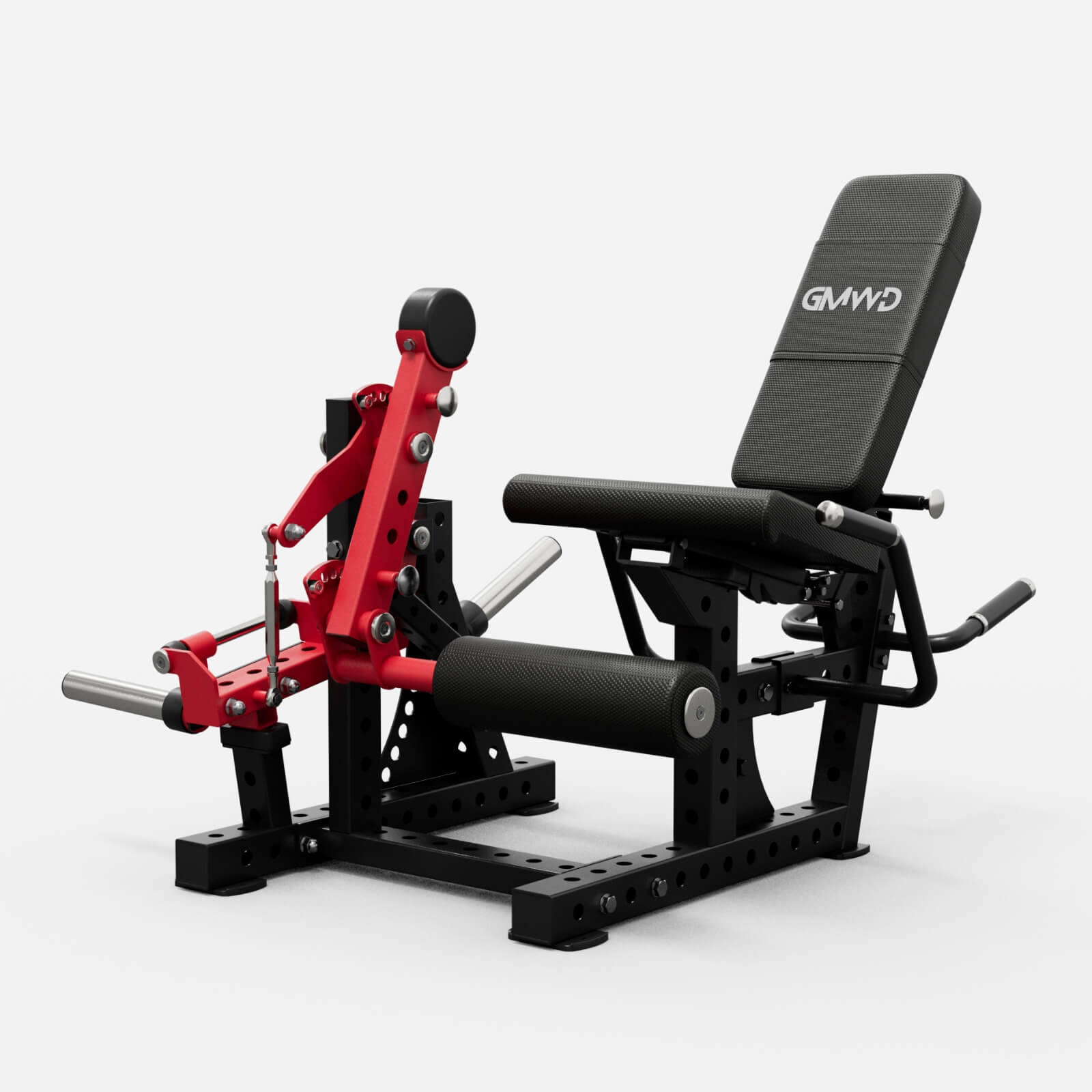
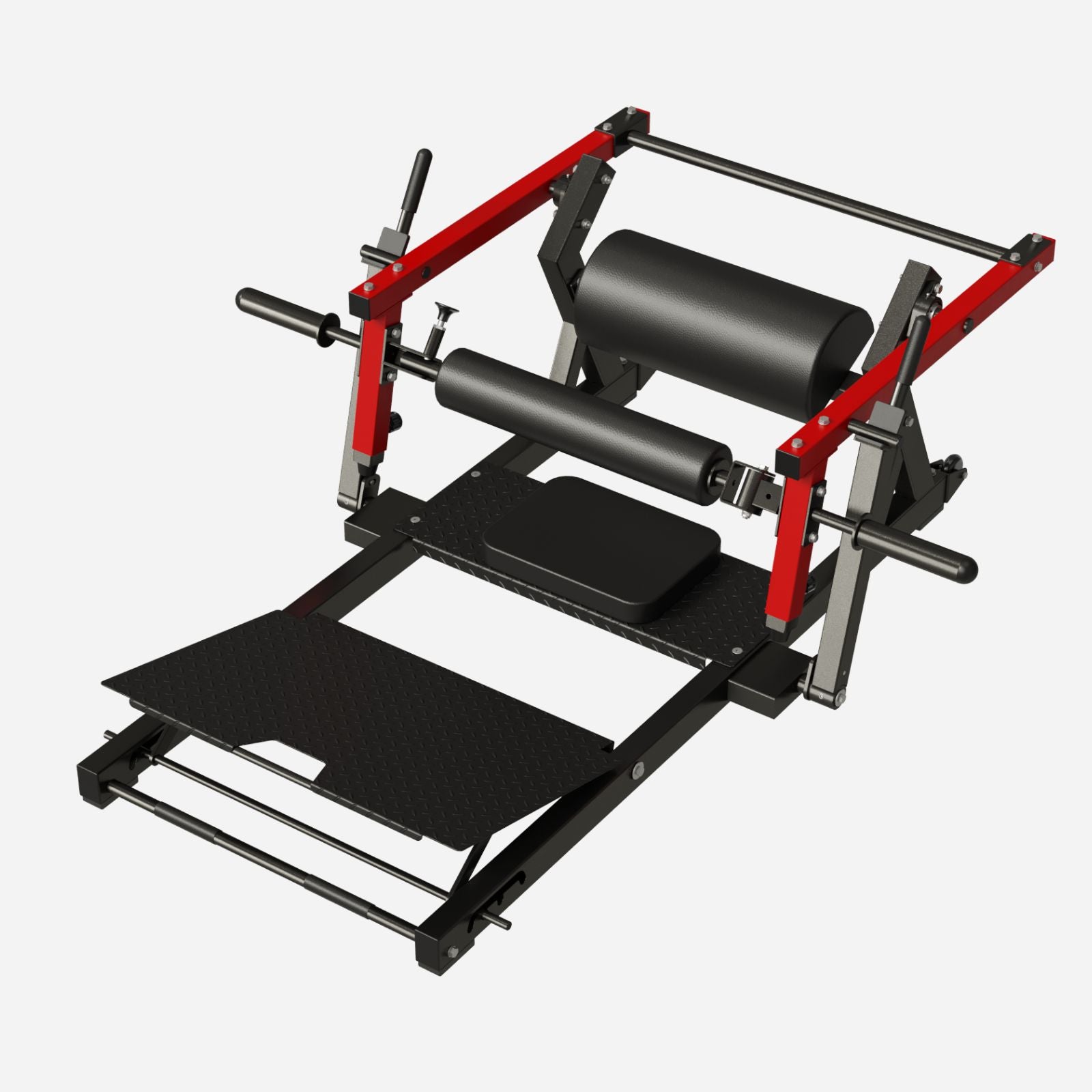

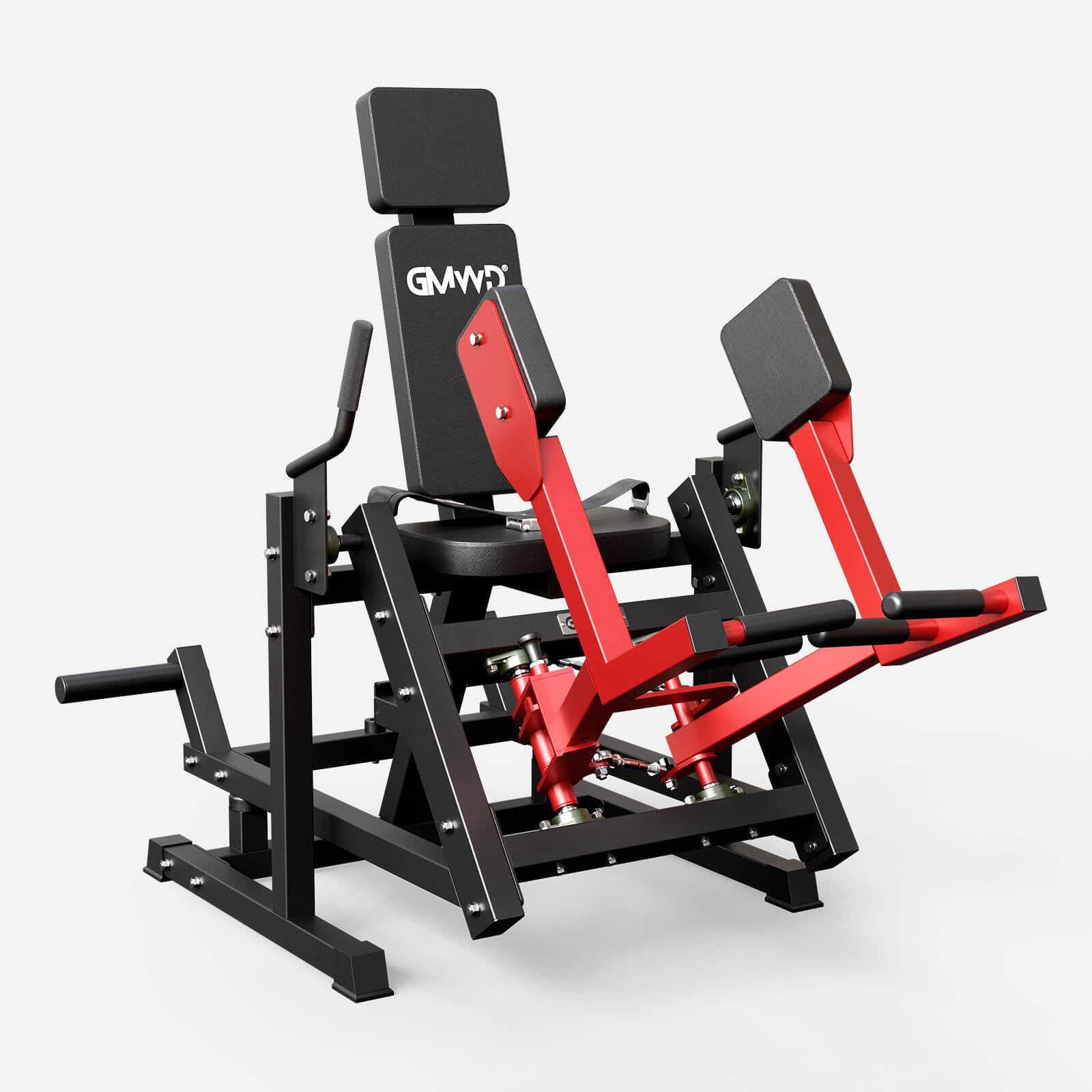
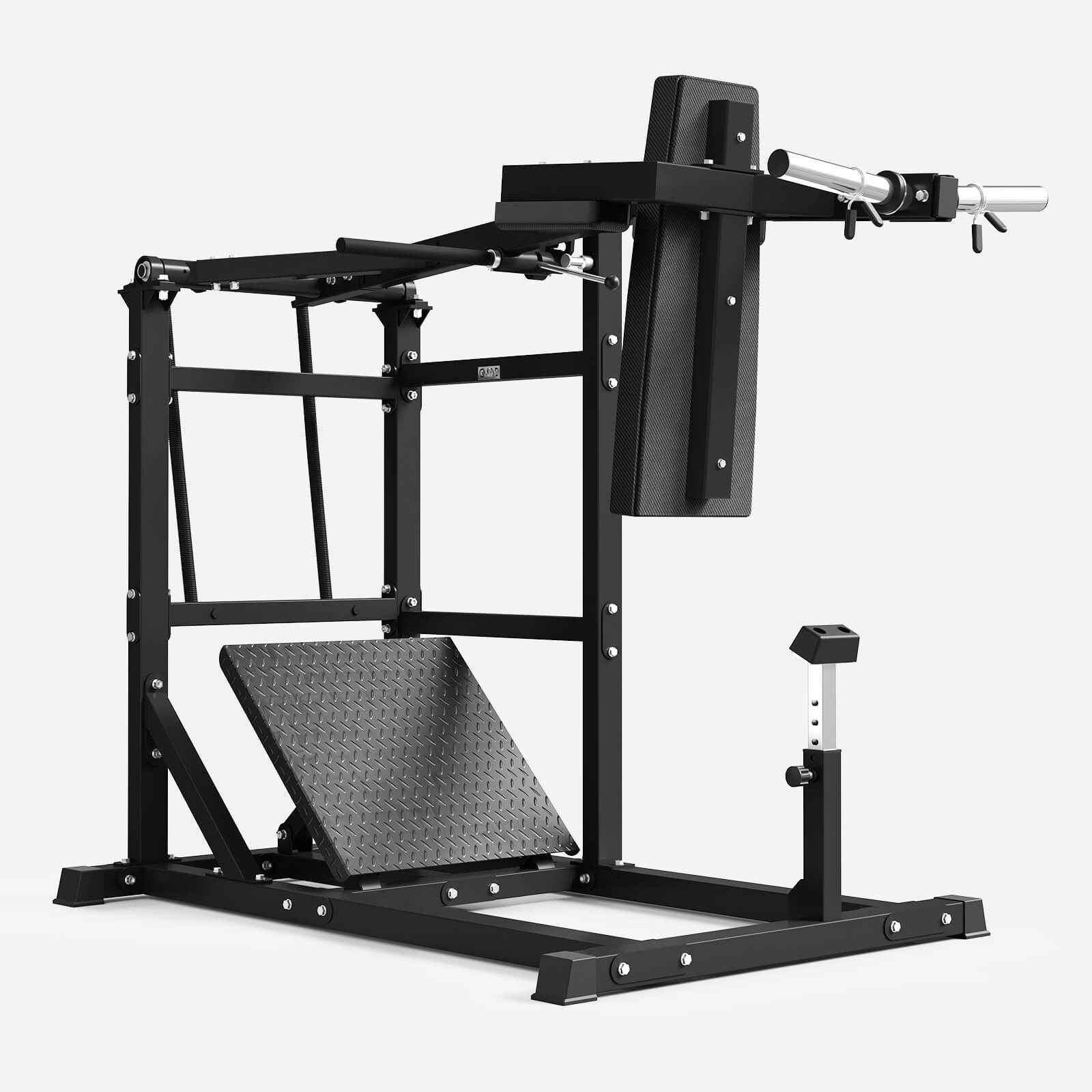
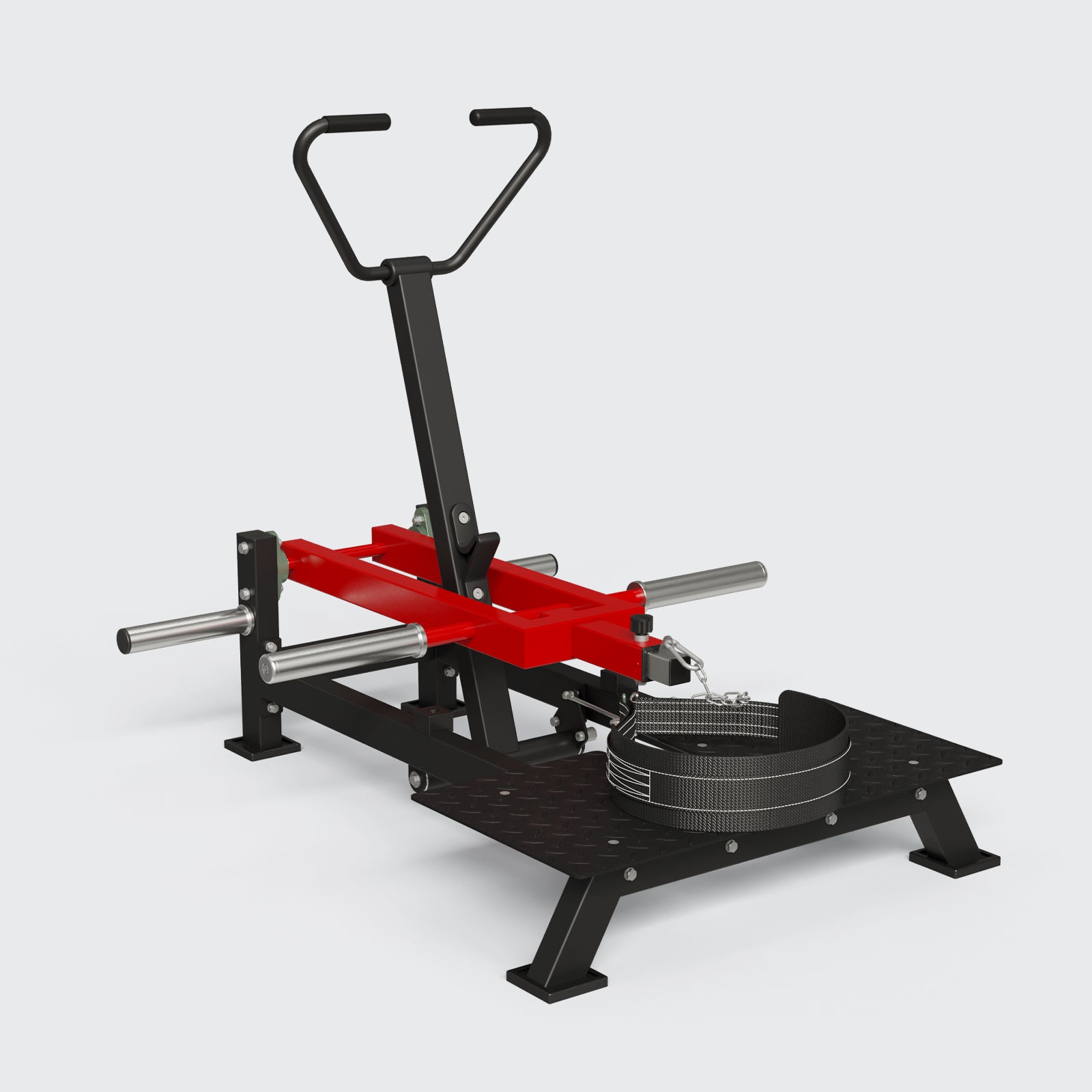
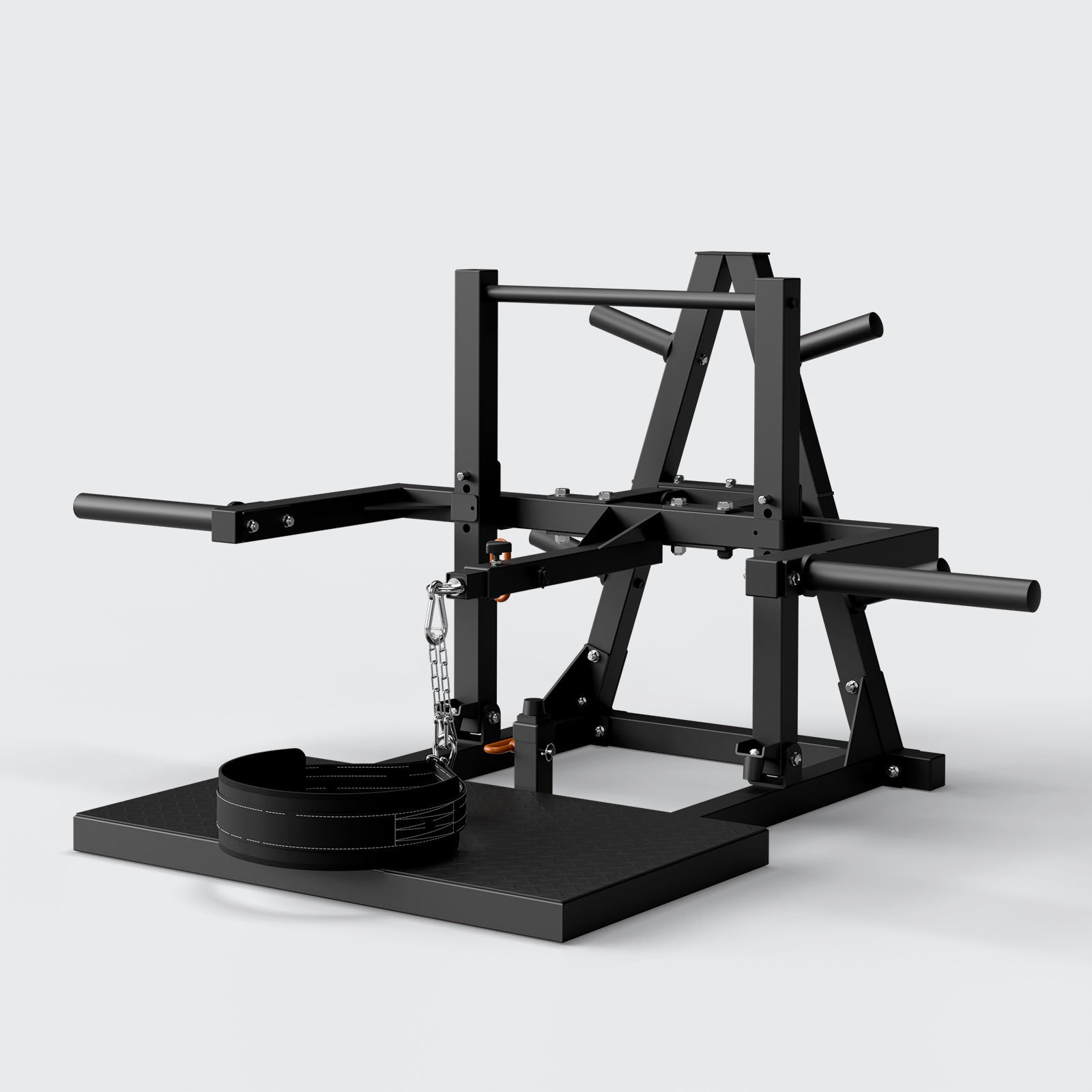

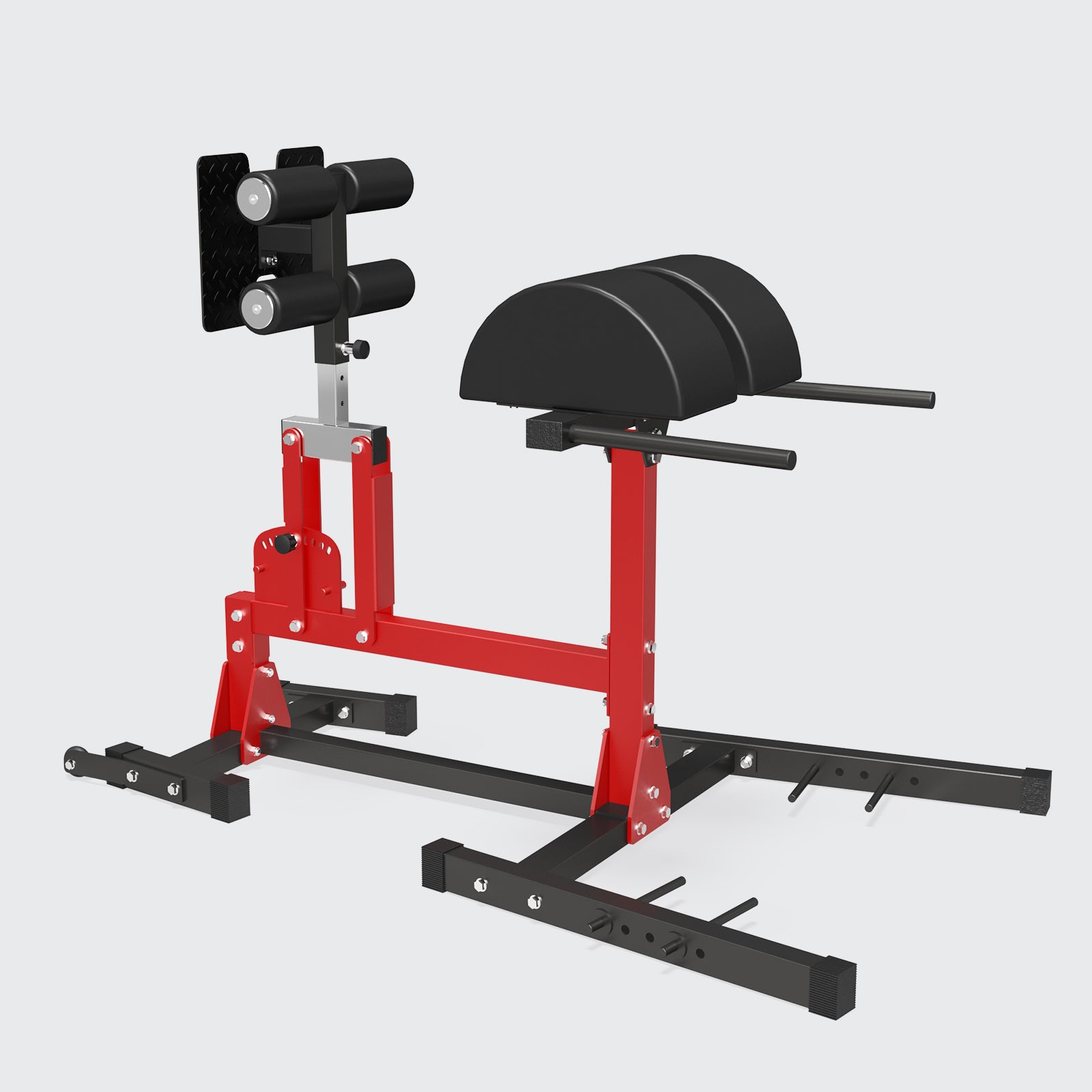
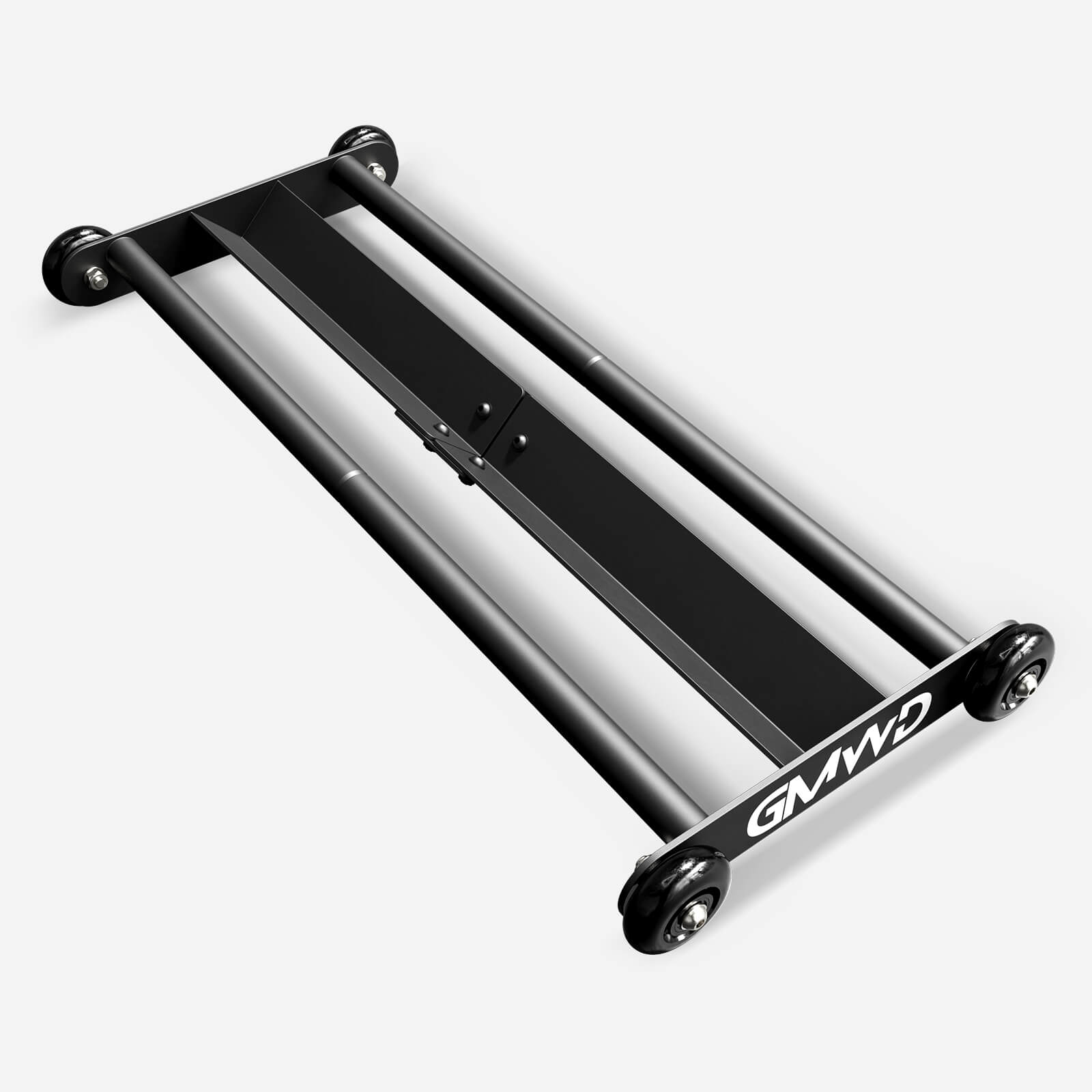
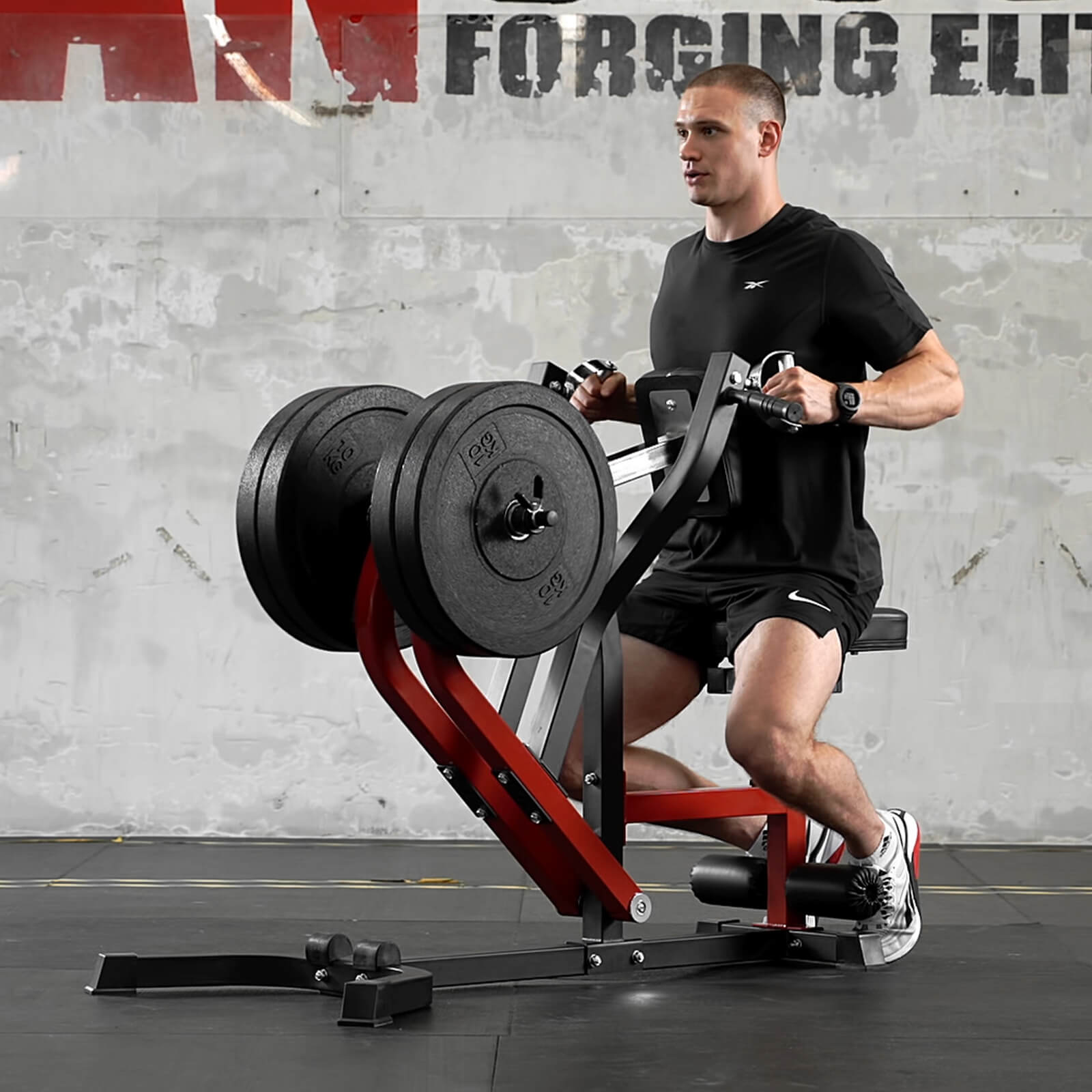
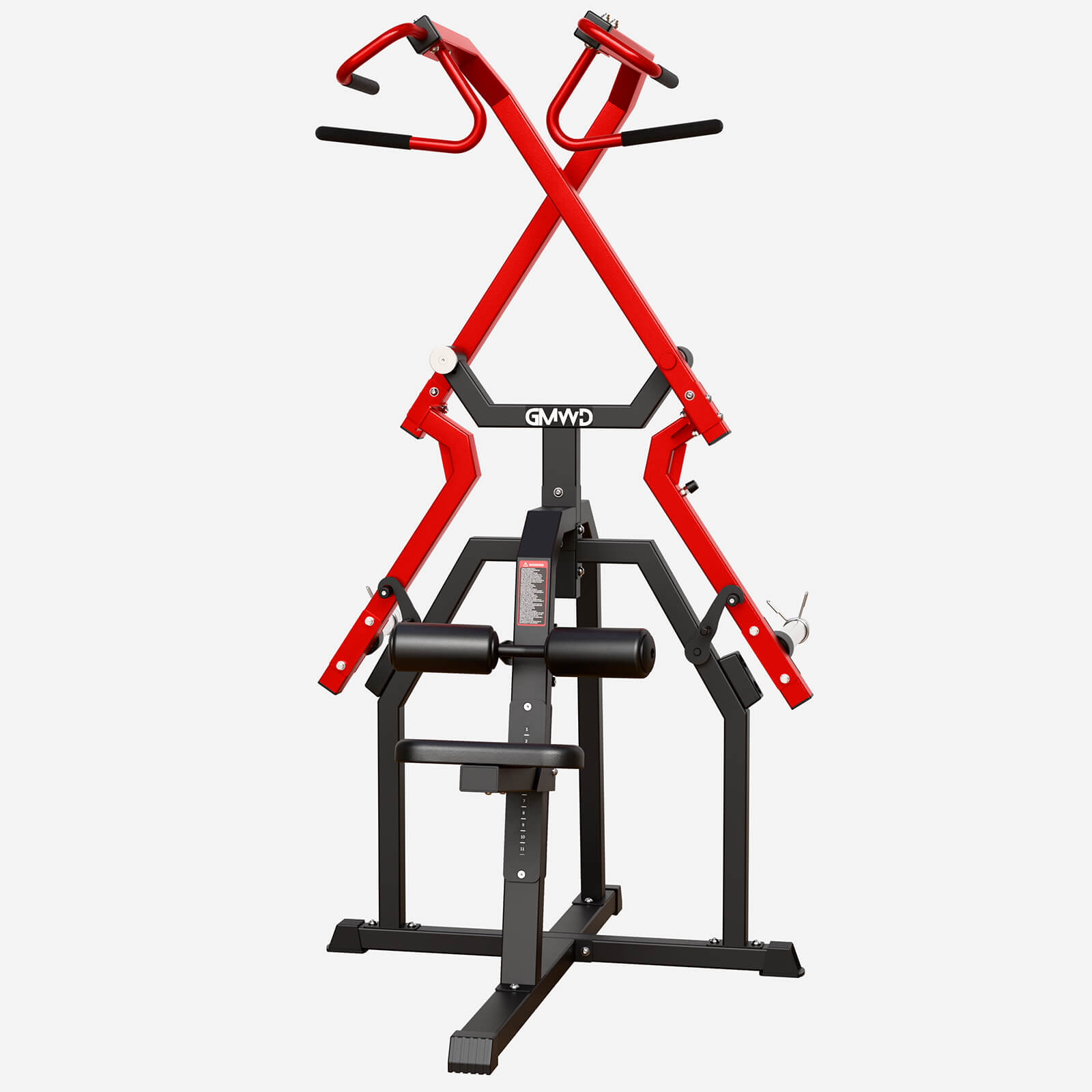
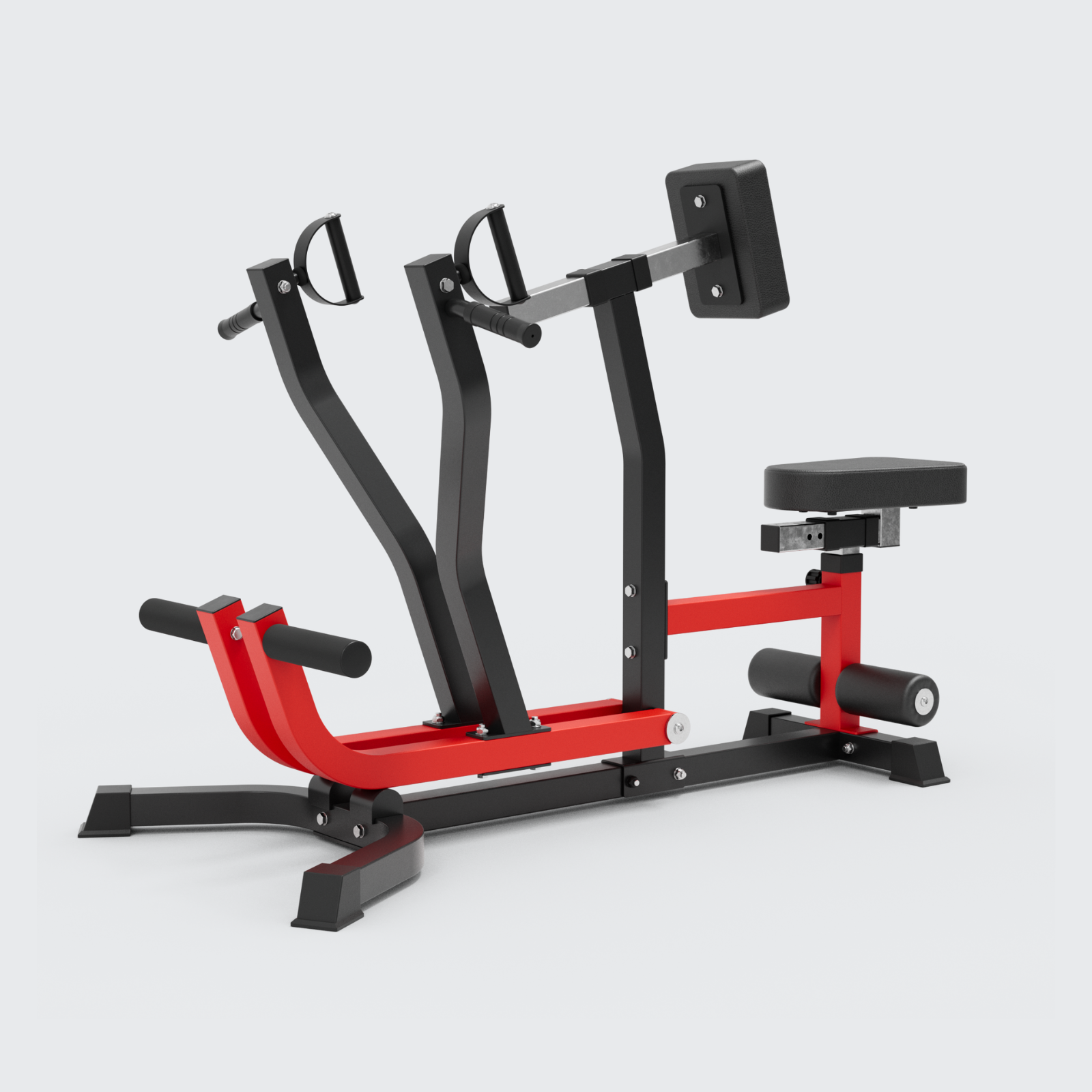
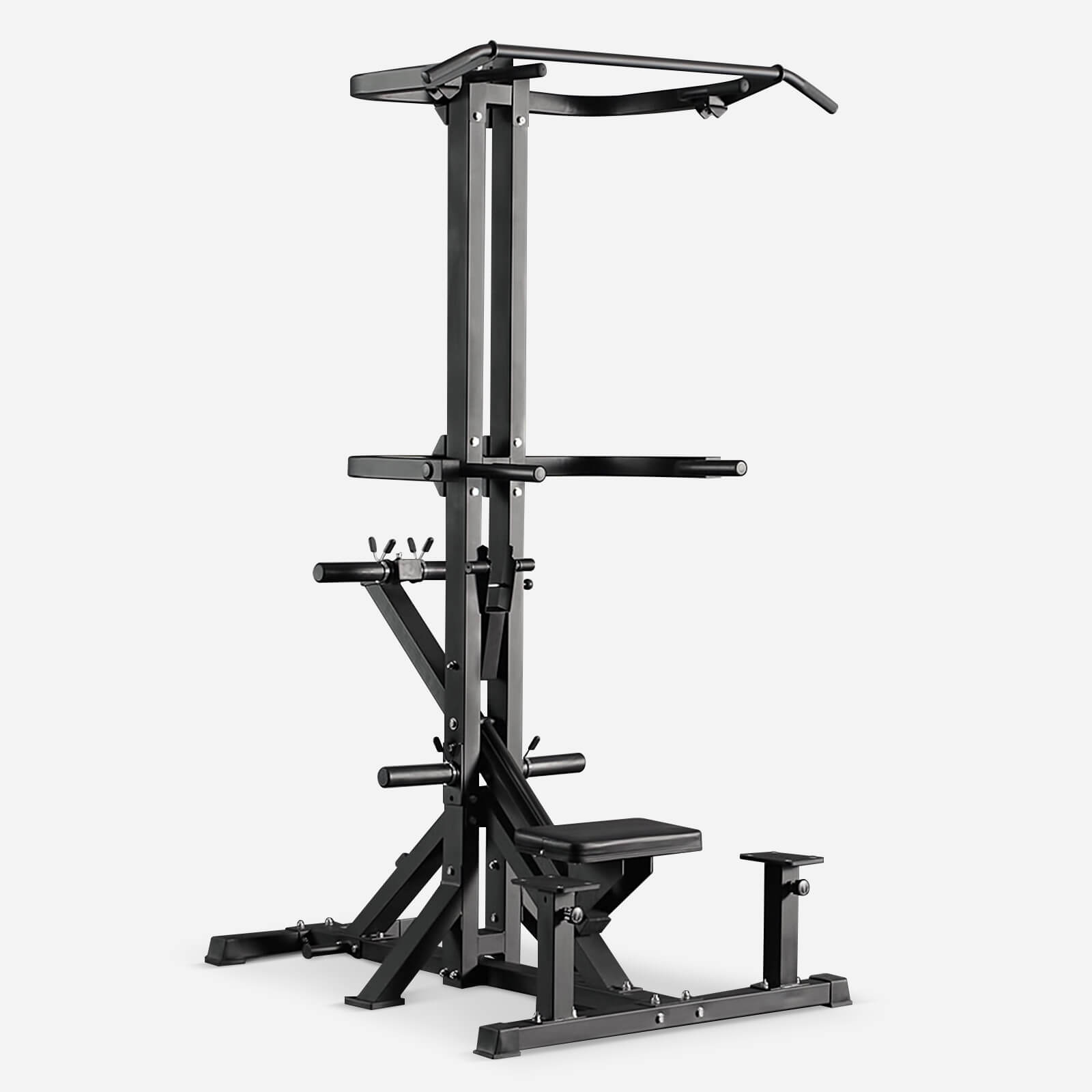


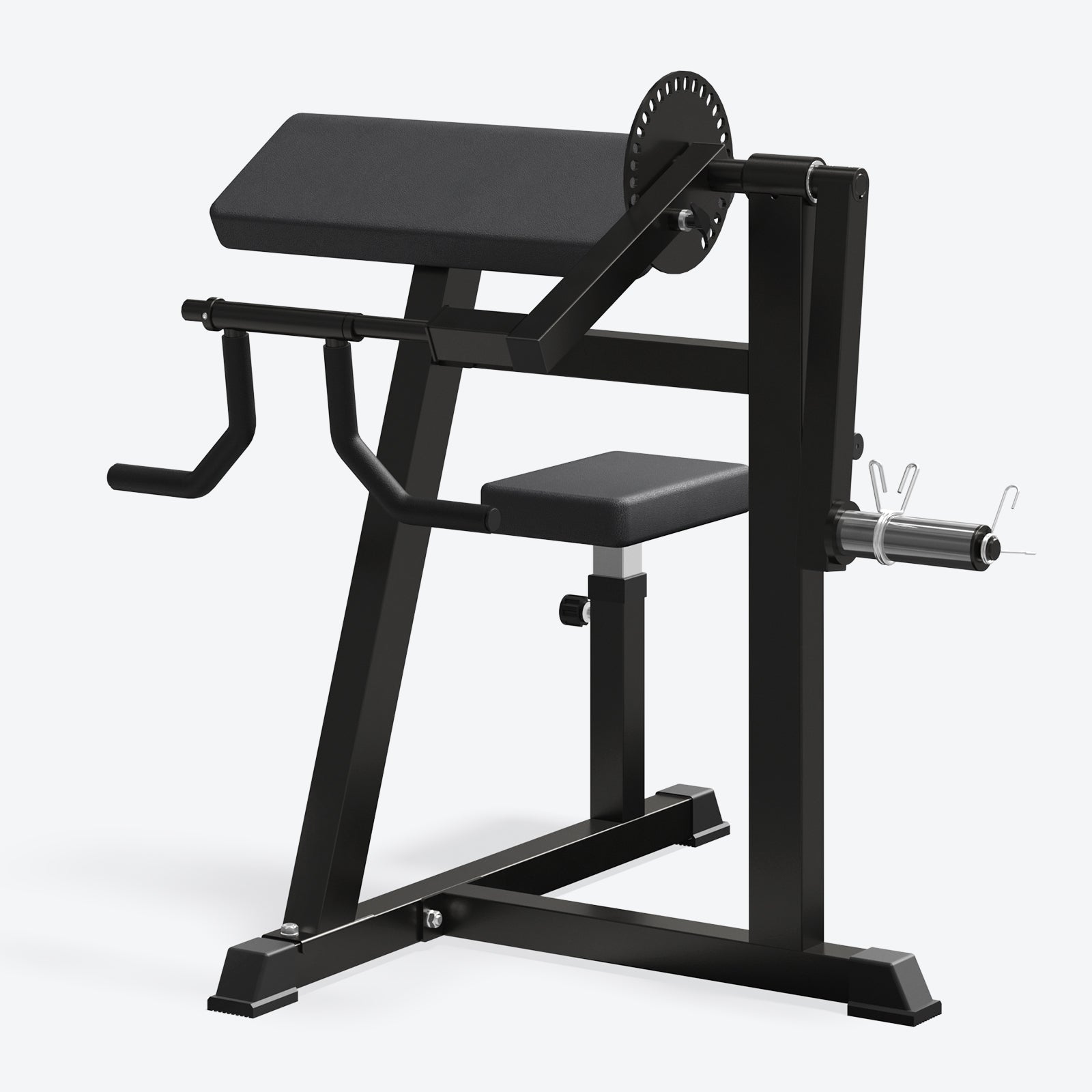
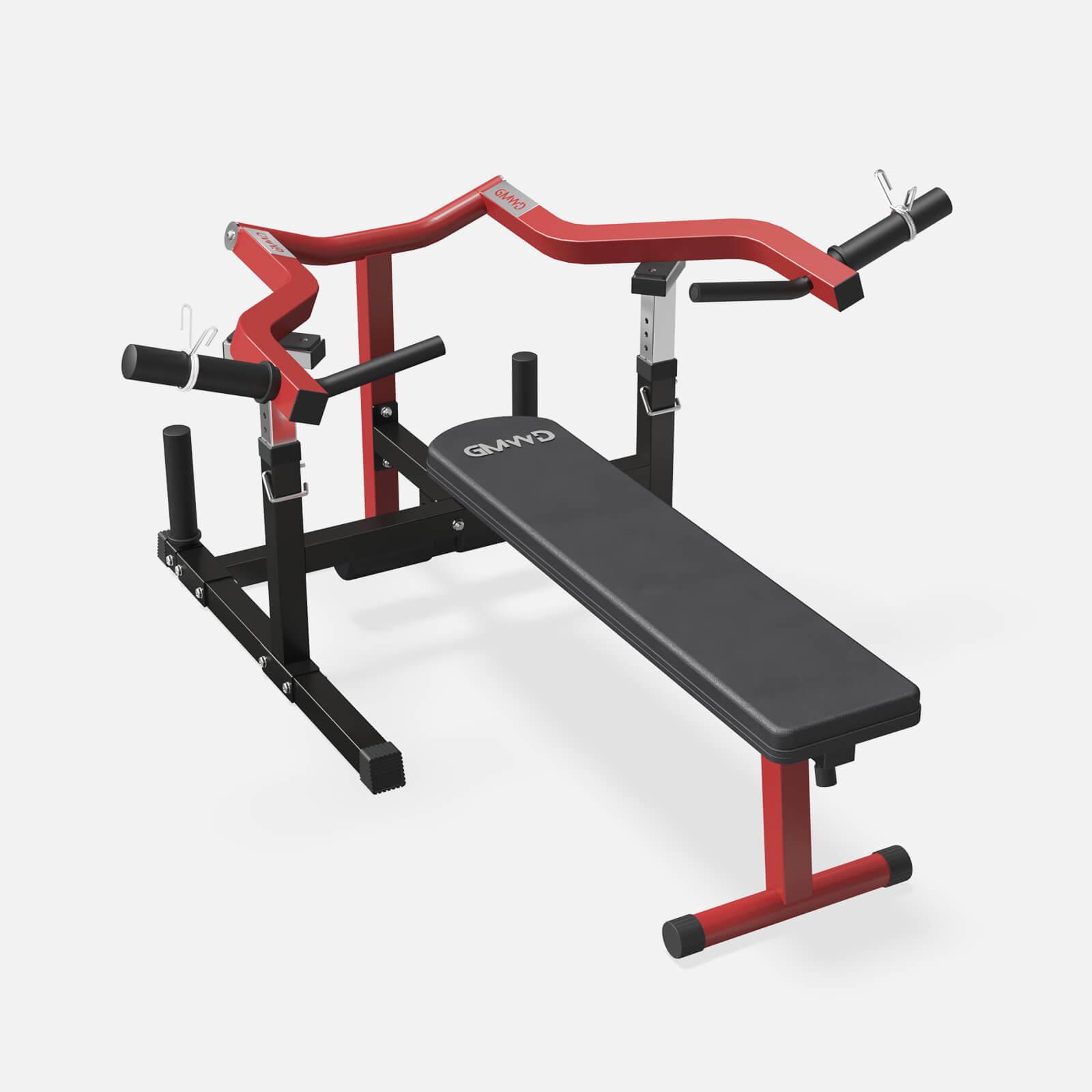
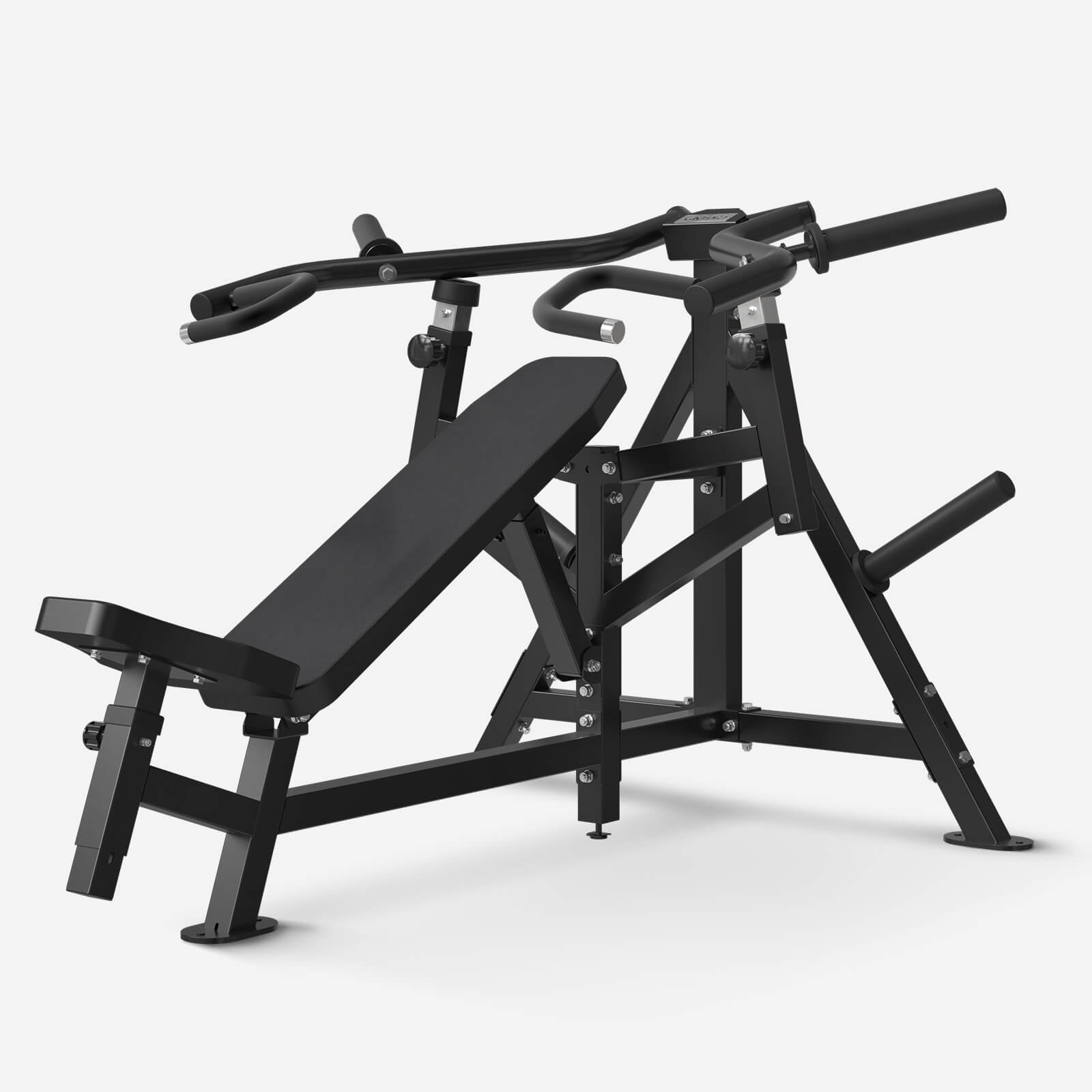
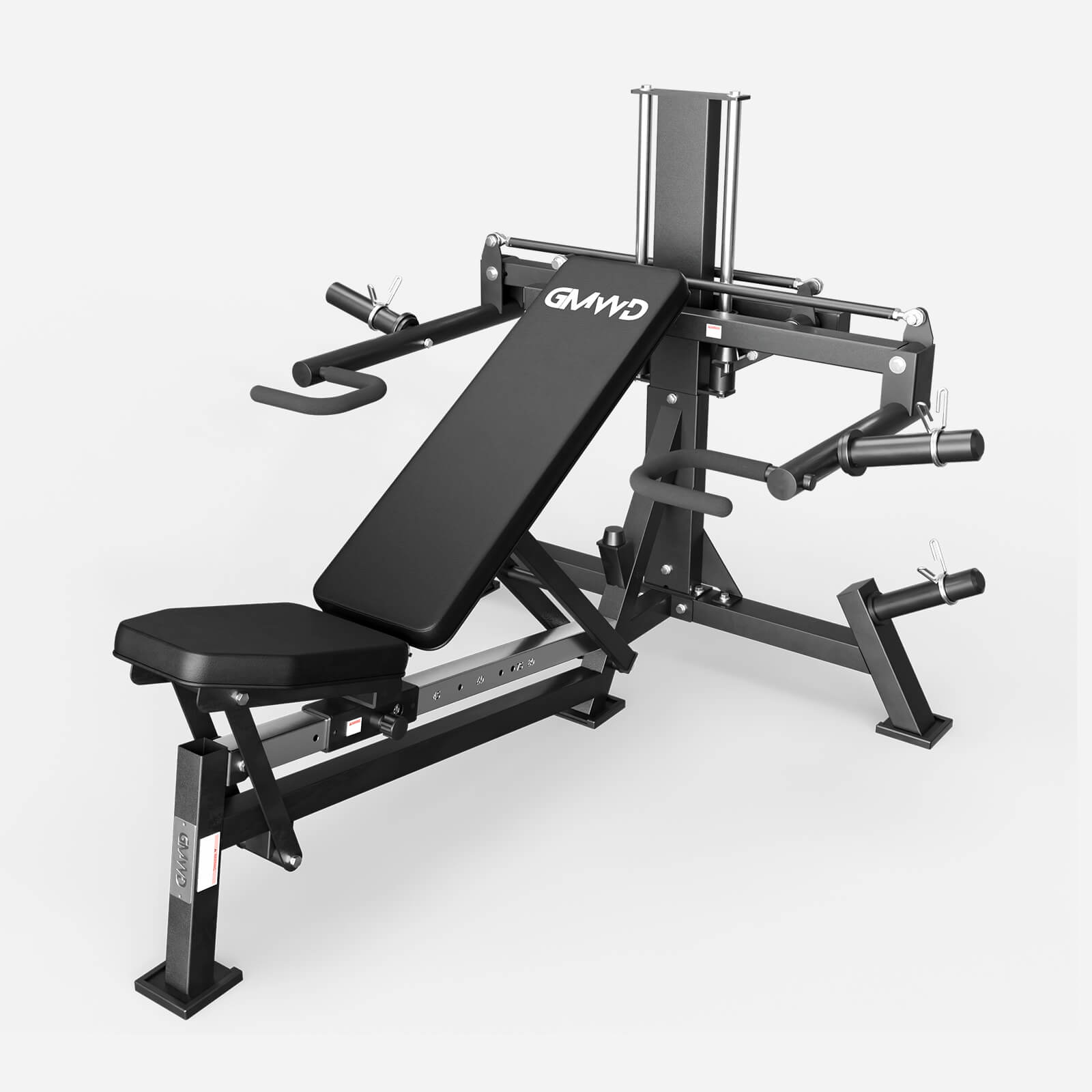
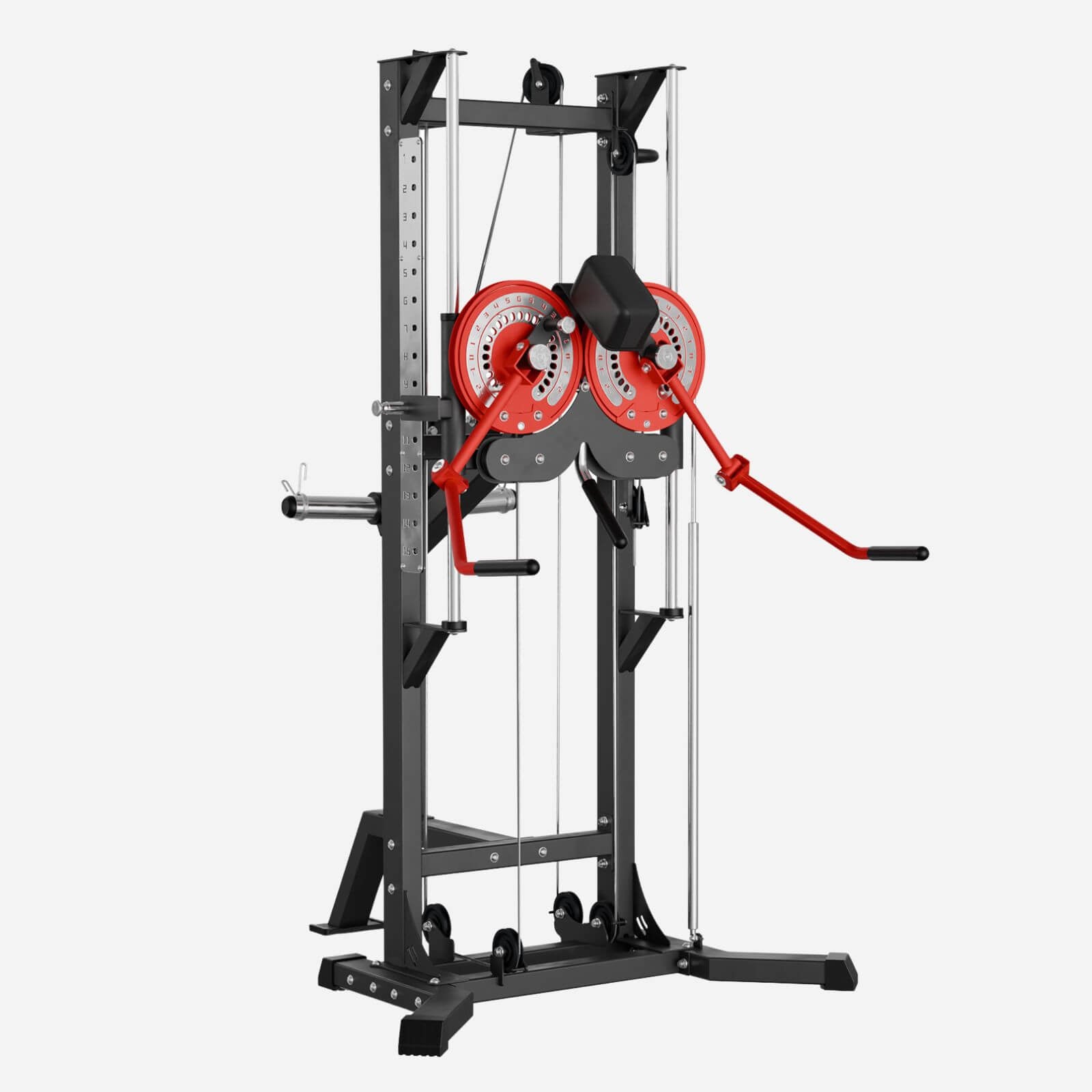
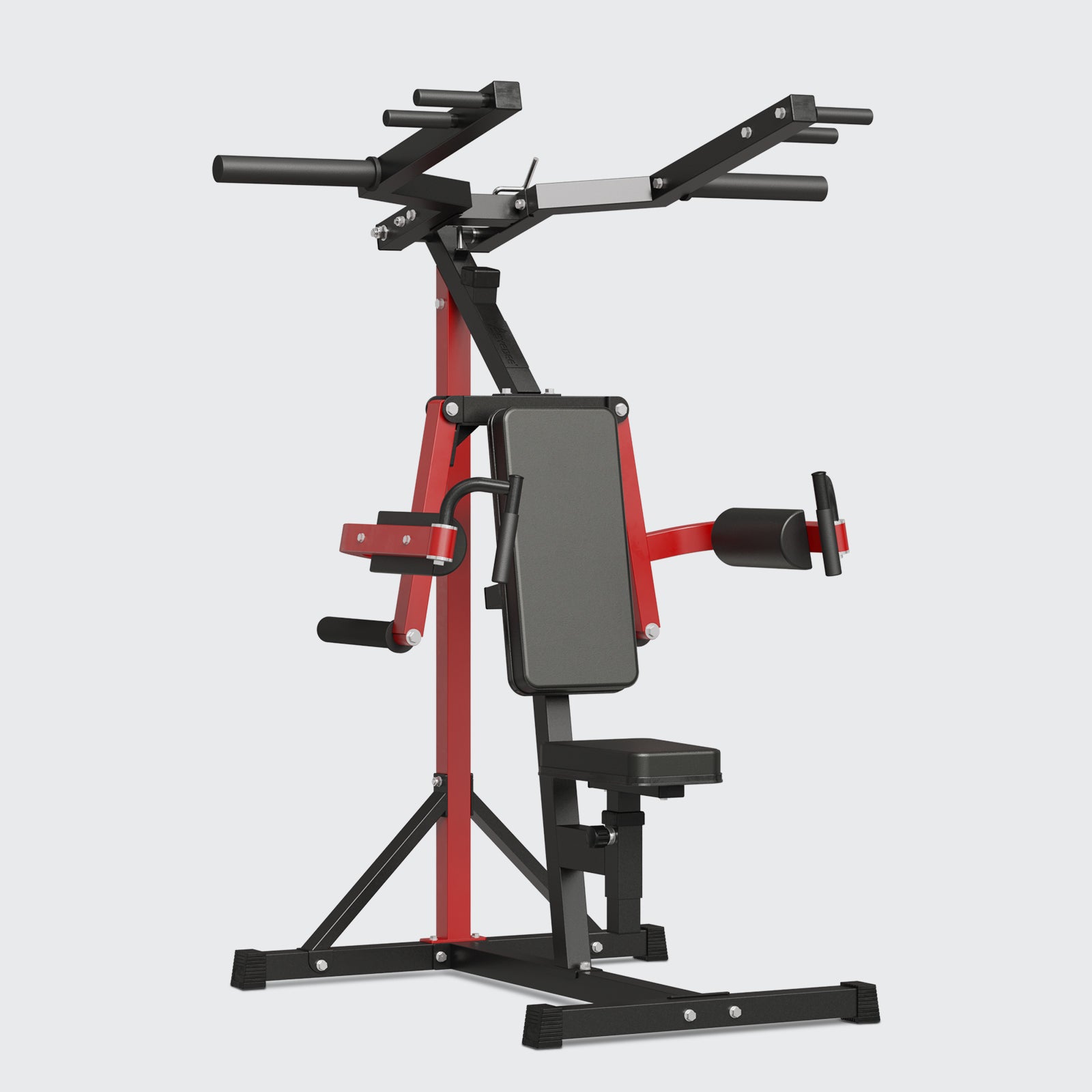
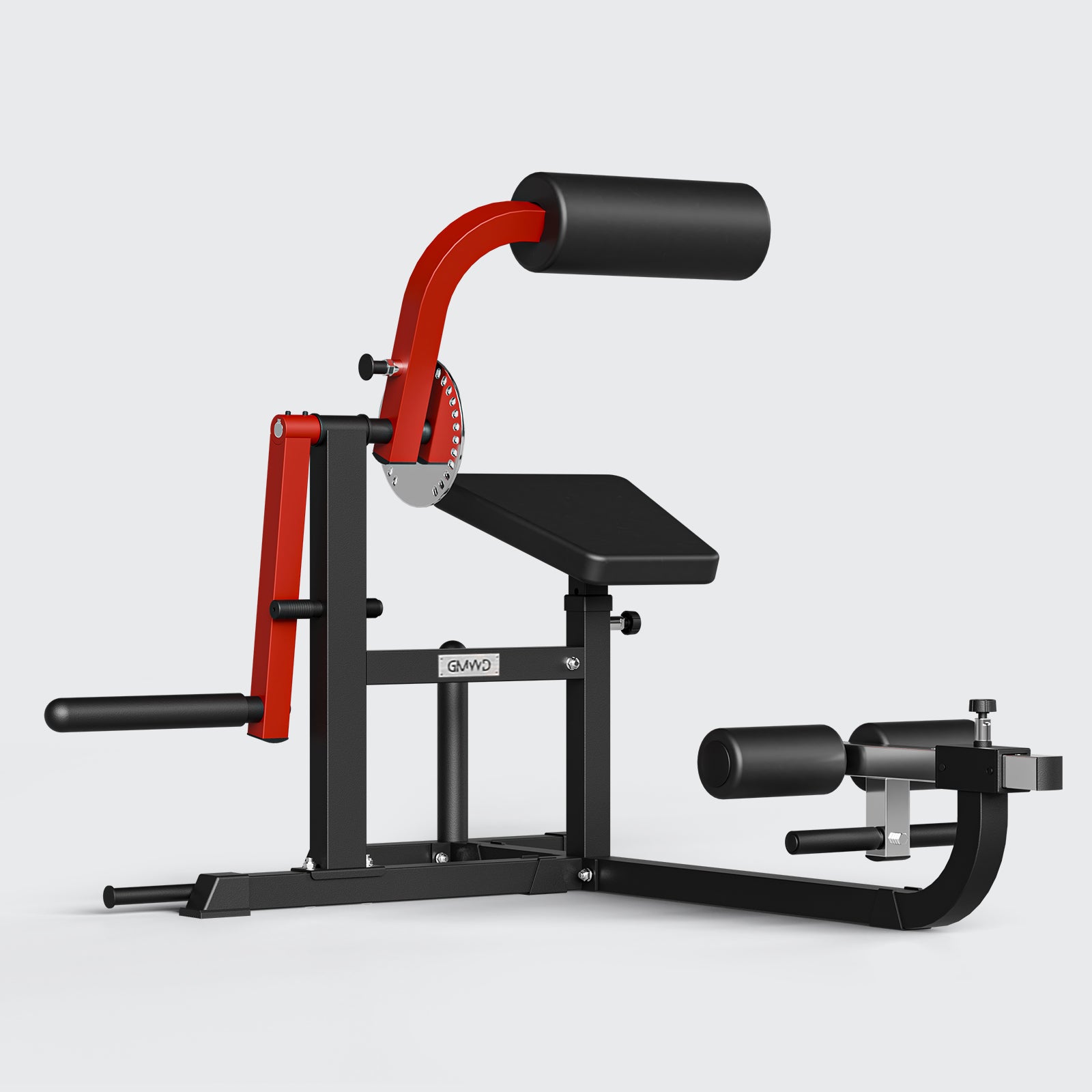
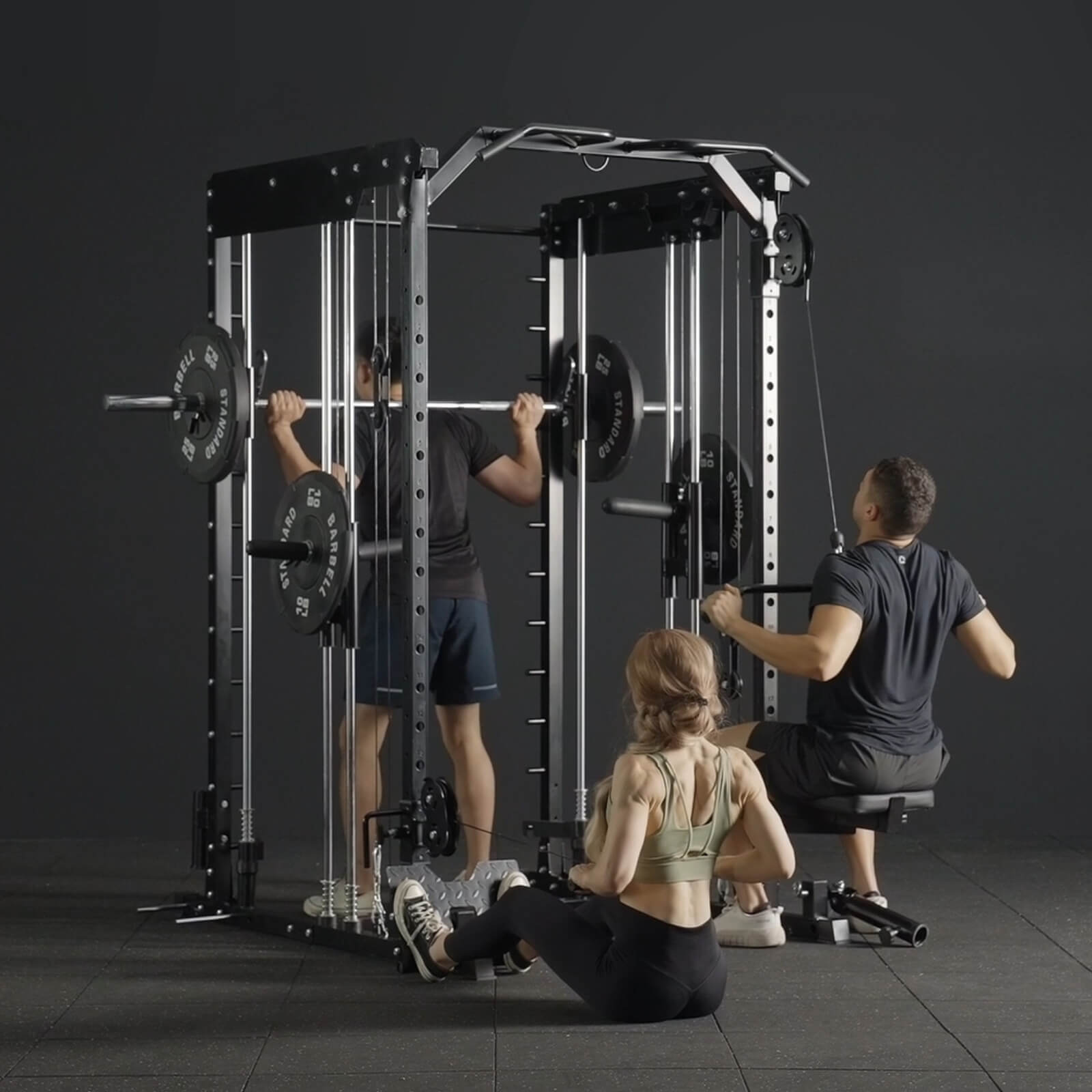
Leave a comment
All comments are moderated before being published.
This site is protected by hCaptcha and the hCaptcha Privacy Policy and Terms of Service apply.